How to Build a Greenhouse on a Budget
Building a greenhouse doesn't have to drain your wallet! In fact, with a little creativity and some smart planning, you can create a thriving gardening space that fits your budget perfectly. The key is to focus on cost-effective materials, efficient designs, and clever techniques that will help you save money without sacrificing quality. Imagine stepping into your own little Eden, where fresh vegetables and vibrant flowers flourish, all thanks to your resourcefulness! This article will guide you through practical tips and strategies for constructing an affordable greenhouse that will allow you to enjoy gardening year-round.
Before you start gathering materials, it’s crucial to select the right location for your greenhouse. Think of it as choosing the perfect spot for a picnic; you want plenty of sunshine, some shelter from harsh winds, and good drainage. The ideal site should receive at least six hours of direct sunlight each day. Additionally, consider the wind patterns in your area—if your greenhouse is exposed to strong winds, it could lead to structural damage over time. Lastly, ensure that the ground has proper drainage to prevent water from pooling, which can lead to root rot for your plants. A well-chosen location is like a solid foundation for a house; it sets the stage for everything that follows!
Understanding the best materials to use can significantly reduce costs while ensuring your greenhouse remains functional and durable. When it comes to frames, coverings, and foundations, there are several affordable options available. For instance, you might consider using reclaimed wood or PVC pipes for the frame, which can be significantly cheaper than buying new materials. The covering is equally important, as it affects light transmission and insulation. Options like plastic sheeting or polycarbonate panels can provide the necessary protection without breaking the bank. Let’s dive deeper into some of these materials!
The frame of your greenhouse is its backbone, supporting the entire structure. When it comes to budget-friendly options, you have a few choices:
- Wood: A classic choice, wood is sturdy and can be sourced cheaply from local suppliers or reclaimed materials. However, it may require regular maintenance to prevent rot.
- PVC: Lightweight and easy to work with, PVC is an excellent budget option. It’s resistant to rot and insects, but may not be as durable as wood in severe weather.
- Metal: While metal frames can be more expensive upfront, they offer excellent durability and longevity. They can be a smart investment if you plan to use your greenhouse for many years.
When comparing wood and PVC, think about your specific needs and budget. Wood provides a strong, traditional aesthetic but can be pricier and requires maintenance. On the other hand, PVC is lightweight, making it easier to assemble, but it might not withstand heavy snow loads. Ultimately, the choice depends on your local climate and how much you’re willing to spend on upkeep.
Metal frames are often overlooked in budget discussions, but they can offer great value. They provide strength and stability, making them ideal for larger structures. While the initial cost may be higher, their longevity can save you money in the long run. Additionally, metal frames can be painted or treated to enhance their resistance to the elements, ensuring your greenhouse stands the test of time.
The covering of your greenhouse plays a vital role in how well your plants thrive. It impacts light transmission, insulation, and overall durability. Here are some affordable covering options:
- Plastic Sheeting: This is one of the most economical choices and can be easily replaced. It allows ample light in but may need replacement every few years.
- Polycarbonate Panels: A bit pricier than plastic sheeting, these panels offer better insulation and durability. They can last for decades with proper care.
- Glass: While traditional, glass can be expensive and heavy. However, if you can source second-hand glass, it might be a viable option.
A well-thought-out design maximizes space and functionality, ensuring that your greenhouse serves its purpose effectively. Consider the size and shape that will best fit your gardening needs. For example, a lean-to greenhouse can be a great space-saver if you have limited room. Additionally, think about the layout; organizing your plants in a way that maximizes sunlight exposure and accessibility can significantly enhance growth and ease of maintenance.
Determining the appropriate size and shape for your greenhouse is essential for maximizing space and light. A larger greenhouse may seem appealing, but it also requires more materials and can increase costs. Consider your gardening goals—if you want to grow a variety of plants, a wider structure might be beneficial. Conversely, if you’re focusing on a few types, a smaller, more compact design could work just as well.
Efficient layout planning can enhance accessibility and plant growth. Think about the paths between plants; you don’t want to create a maze! Ensure that you can easily reach all areas of your greenhouse for watering, pruning, and harvesting. Vertical gardening techniques can also help maximize space, allowing you to grow more in a smaller footprint.
Implementing cost-saving techniques can significantly lower your greenhouse expenses. One of the best ways to save is by reusing materials. Old windows, doors, and even pallets can be repurposed into functional greenhouse components. Additionally, consider DIY solutions for various parts of your greenhouse. Building your own benches or shelving can not only save money but also give you a sense of pride in your handiwork.
Recycling materials can save money and reduce waste. Common items that can be repurposed for your greenhouse include:
- Old windows for walls or roofs
- Pallets for shelving or flooring
- Used bricks or stones for pathways or foundations
Building components yourself can cut costs dramatically. From constructing benches to creating your own watering systems, DIY projects can enhance your greenhouse while keeping expenses manageable. Plus, there’s something incredibly satisfying about creating something with your own hands, right? So roll up your sleeves and get creative!
Once your greenhouse is built, maintaining it efficiently is key to longevity. Regular upkeep not only keeps your plants healthy but also protects your investment. Simple tasks like checking for leaks, cleaning surfaces, and monitoring temperature can make a world of difference in the health of your greenhouse.
Routine maintenance is essential for the health of your greenhouse. Key tasks include:
- Inspecting for cracks or damage in the covering
- Cleaning the interior to prevent mold and pests
- Checking the structure for stability and making repairs as needed
Effective pest management protects your plants and investment. Natural methods, like introducing beneficial insects or using homemade sprays, can keep pests at bay without relying on expensive chemicals. Think of it as creating a balanced ecosystem within your greenhouse, where everything works together harmoniously!
Q: How much does it cost to build a budget greenhouse?
A: The cost can vary widely depending on size, materials, and design, but many people can build a basic greenhouse for under $500.
Q: Can I build a greenhouse without any prior experience?
A: Absolutely! Many resources are available online, and starting with a simple design can make the process easier.
Q: What is the best time of year to build a greenhouse?
A: Spring or fall are ideal times, as the weather is usually mild, making it more comfortable to work.
Q: How do I heat my greenhouse on a budget?
A: Consider using solar heaters, compost heat, or even simple thermal mass techniques to retain warmth without high energy costs.

Choosing the Right Location
When it comes to building a greenhouse, one of the most critical decisions you'll make is choosing the right location. Think of it as the foundation of your gardening dreams—if the location isn’t ideal, your plants may struggle to thrive. So, what factors should you consider to ensure your greenhouse flourishes throughout the seasons? Let's dive into some essential elements!
First and foremost, **sunlight exposure** is paramount. Most plants need at least six hours of direct sunlight each day to grow strong and healthy. Ideally, your greenhouse should be positioned in a spot that gets plenty of sun, especially during the colder months when sunlight is less intense. If you have trees or buildings nearby, take note of how they cast shadows throughout the day and year. A sunny spot can be the difference between a bountiful harvest and a disappointing yield.
Next up is **wind protection**. A greenhouse can be vulnerable to strong winds, which can damage the structure and stress your plants. Look for natural windbreaks like fences, hedges, or even your home itself. If your property is wide open, consider planting some shrubs or trees to shield your greenhouse from harsh gusts. Not only will this help protect your plants, but it will also create a more stable environment inside the greenhouse.
Another crucial factor is **drainage**. Water pooling around your greenhouse can lead to a plethora of problems, including mold and structural issues. Therefore, it’s essential to choose a location with good drainage. If your yard tends to hold water, consider elevating your greenhouse slightly or placing it on a slope to encourage proper drainage. You can also incorporate gravel or other materials around the base to help water flow away from the structure.
Lastly, think about **accessibility**. You’ll want to ensure that your greenhouse is easy to reach for regular maintenance, watering, and harvesting. Ideally, it should be close to your home or garden shed, making it convenient to grab tools, supplies, or even a cup of coffee while you work. Plus, if your greenhouse is easily accessible, you’re more likely to spend time nurturing your plants, which will pay off in the long run!
In summary, when selecting the perfect spot for your greenhouse, consider the following:
- Sunlight Exposure: Aim for at least six hours of direct sunlight daily.
- Wind Protection: Utilize natural barriers to shield your greenhouse.
- Drainage: Ensure the location has proper drainage to prevent water pooling.
- Accessibility: Choose a location that is easy to access for maintenance and care.
By carefully considering these factors, you can set the stage for a thriving greenhouse that will bring you joy and productivity for years to come. Remember, the right location isn't just about aesthetics; it's about creating an environment where your plants can truly thrive!
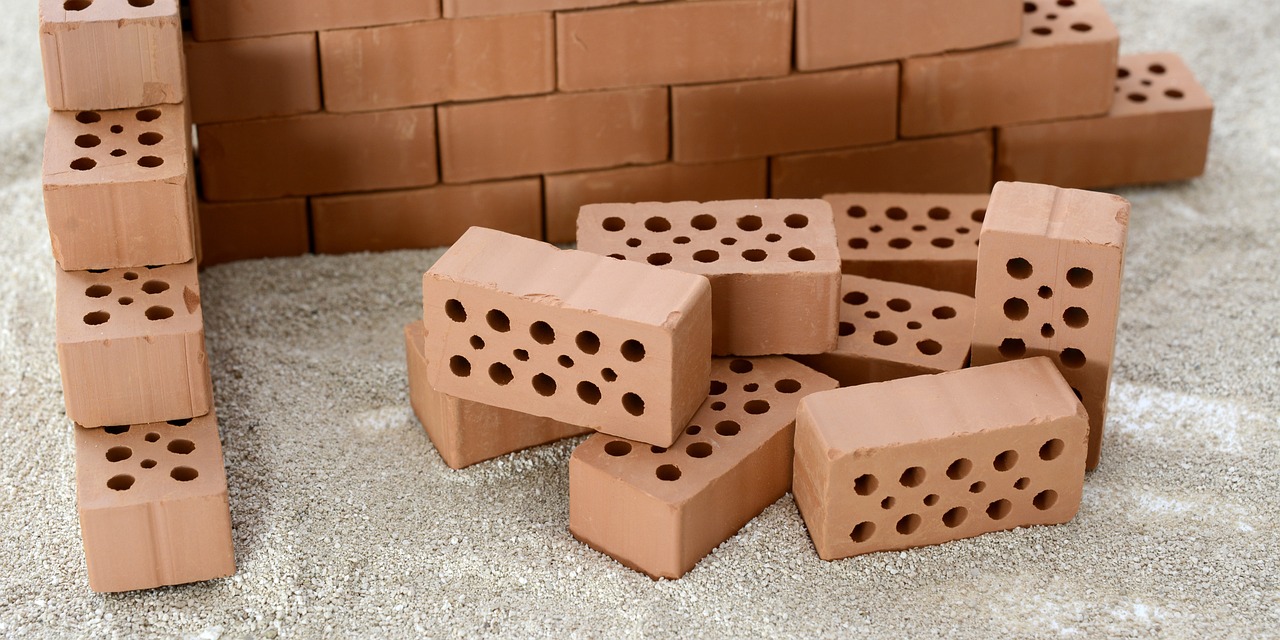
Essential Materials for Budget Greenhouses
Building a budget-friendly greenhouse doesn’t mean you have to skimp on quality. In fact, the right materials can make all the difference in creating a thriving environment for your plants without draining your wallet. First, let’s break down the essential components you’ll need to consider: the frame, the covering, and the foundation. Each of these elements plays a vital role in the durability and functionality of your greenhouse.
When it comes to the frame, you have several options that can fit various budgets. Wood is a popular choice due to its strength and aesthetic appeal, but it can come with a higher price tag. On the other hand, PVC pipes are lightweight, easy to assemble, and significantly cheaper, making them a favorite among DIY enthusiasts. Metal frames, while typically more expensive, offer exceptional durability and can be a long-term investment if you plan to use your greenhouse for many years. Here’s a quick comparison:
| Frame Material | Cost | Durability | Ease of Assembly |
|---|---|---|---|
| Wood | $$$ | High | Moderate |
| PVC | $ | Moderate | Easy |
| Metal | $$$ | Very High | Moderate to Hard |
Next up is the covering material. This is crucial because it affects how much light your plants receive and how well they’re insulated. Options like plastic sheeting are incredibly affordable and provide decent light transmission, making them a popular choice for beginners. However, if you’re looking for something more durable and efficient, consider polycarbonate panels. They might cost a bit more upfront, but their insulation properties can lead to savings in heating costs over time. Glass is another option, but it can be heavy and expensive, so weigh the pros and cons carefully.
Lastly, let’s talk about the foundation. A solid foundation is essential for the structural integrity of your greenhouse. You can use concrete blocks or treated wood to create a robust base. If you’re really looking to cut costs, consider using gravel or a simple leveled ground as a foundation. While it may require more frequent maintenance, it can save you a significant amount of money.
In summary, selecting the right materials for your budget greenhouse is all about balancing cost with functionality. By carefully considering your options for frames, coverings, and foundations, you can create a greenhouse that not only fits your budget but also provides a flourishing environment for your plants. Remember, the goal is to create a space that promotes growth and sustainability without emptying your pockets!
- What is the cheapest material for a greenhouse frame? PVC is typically the most affordable option.
- Can I use recycled materials for my greenhouse? Absolutely! Many people successfully use old windows, pallets, and even plastic bottles.
- How do I ensure my greenhouse is well-insulated? Consider using double-layer plastic sheeting or polycarbonate panels for better insulation.
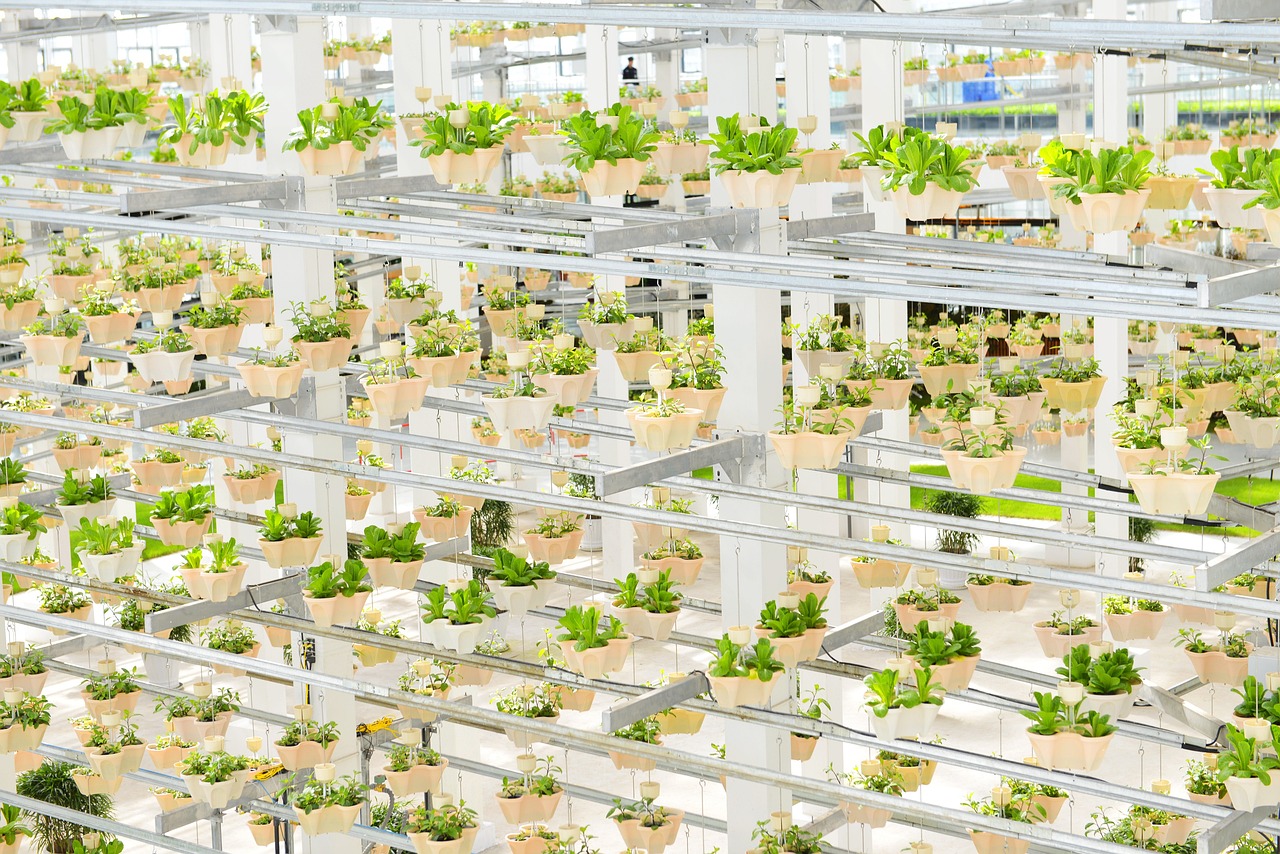
Frame Options
When it comes to building a greenhouse on a budget, the frame is one of the most critical components to consider. It serves as the backbone of your structure, supporting the covering material and ensuring that everything stays in place, no matter the weather conditions. The good news is that there are several affordable frame options available, each with its own set of advantages and disadvantages. By understanding these options, you can make a more informed decision that aligns with your budget and gardening goals.
One popular choice for greenhouse frames is wood. It’s a classic material that offers great durability and strength. However, while wood can provide a sturdy structure, it often comes with a higher price tag. Additionally, wood may require regular maintenance, such as painting or sealing, to protect it from rot and pests. On the other hand, wood can also be aesthetically pleasing and blend well with a garden environment.
Another option is PVC, which has gained popularity among budget-conscious builders. PVC frames are lightweight, easy to assemble, and generally much cheaper than wood. This makes them an attractive option for those who want to create a greenhouse without breaking the bank. However, while PVC is affordable and easy to work with, it may not offer the same level of durability as wood, especially in extreme weather conditions. It's essential to consider your local climate and how much wear and tear your greenhouse might face.
For those looking for a more durable solution, metal frames are worth considering. Aluminum or galvanized steel frames provide excellent strength and longevity, making them a great investment if you plan to use your greenhouse for many years. While the initial cost of metal frames can be higher than wood or PVC, their durability often makes them more cost-effective in the long run. Additionally, metal frames require less maintenance, as they are resistant to rot and pests.
To help you visualize the differences, here’s a quick comparison table:
| Frame Material | Cost | Durability | Maintenance |
|---|---|---|---|
| Wood | High | High | Regular upkeep needed |
| PVC | Low | Medium | Minimal |
| Metal | Medium to High | Very High | Minimal |
Ultimately, the choice of frame material will depend on your specific needs, budget, and the climate in your area. If you’re looking for a balance between cost and durability, you might find that a metal frame is worth the investment. However, if you’re just starting out and want to keep expenses low, PVC could be the way to go. Remember, the right frame will not only support your greenhouse but also contribute to its overall efficiency and effectiveness in helping your plants thrive.
- What is the best frame material for a beginner greenhouse? - PVC is often recommended for beginners due to its affordability and ease of use.
- How long does a wooden greenhouse frame last? - With proper maintenance, a wooden frame can last anywhere from 5 to 15 years.
- Are metal frames worth the investment? - Yes, metal frames offer great durability and require less maintenance, making them a good long-term investment.
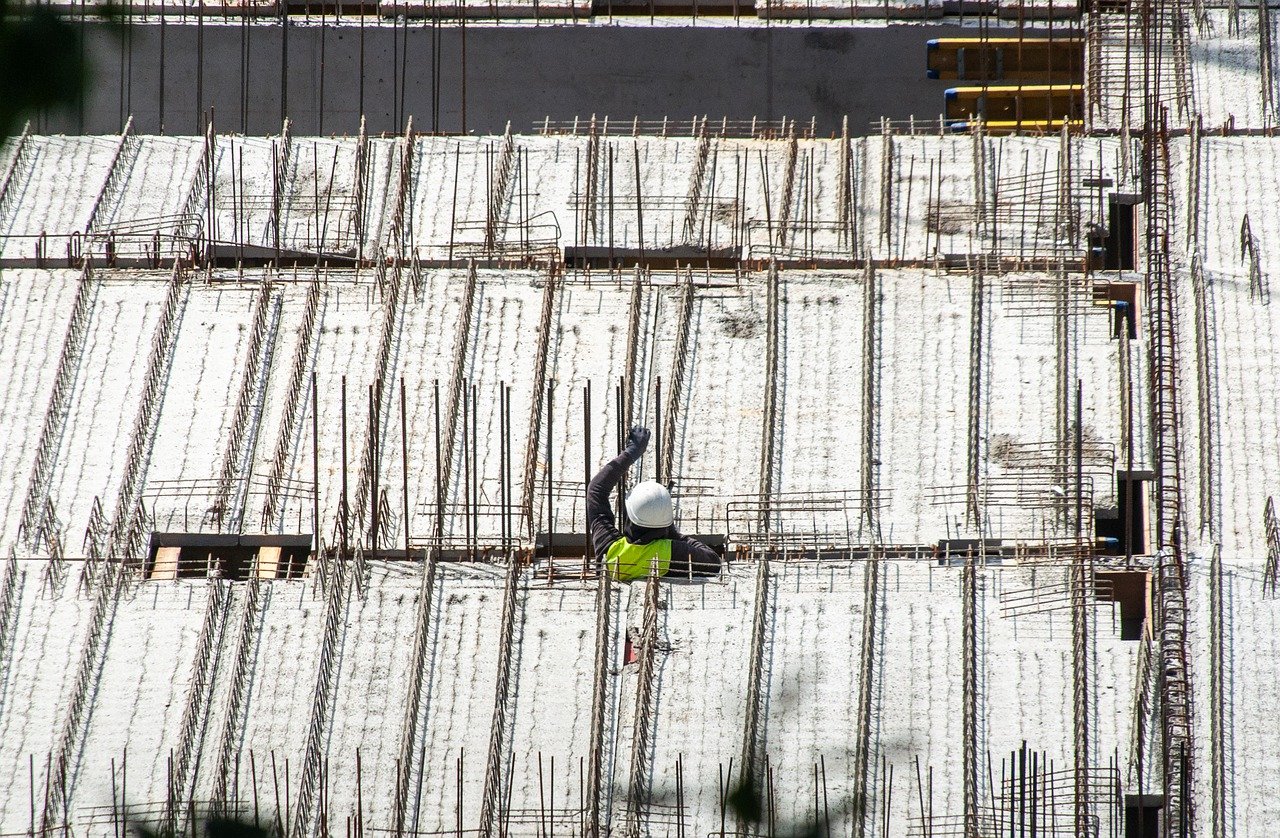
Wood vs. PVC
When it comes to choosing the right frame material for your budget greenhouse, the debate between wood and PVC is a hot topic. Each material has its unique set of advantages and disadvantages that can significantly impact your greenhouse's performance and your wallet. Let's dive into the details and see how they stack up against each other.
Wood is often considered the traditional choice for greenhouse frames. It's sturdy, aesthetically pleasing, and provides excellent insulation. However, it can be more expensive, especially if you're opting for high-quality timber. Additionally, wood requires regular maintenance to prevent rot, warping, and pest infestations. If you're willing to put in the time and effort, wood can offer a long-lasting structure that ages beautifully. Here are some pros and cons of using wood:
- Pros: Durable, great insulation, attractive appearance.
- Cons: Higher cost, requires maintenance, susceptible to pests.
On the other hand, PVC is a lightweight and affordable alternative that has been gaining popularity among budget-conscious gardeners. It's easy to work with and can be assembled quickly, making it a great option for DIY enthusiasts. However, while PVC is resistant to rot and pests, it does have its drawbacks. It may not be as durable as wood and can become brittle over time, especially when exposed to extreme temperatures. Here are some pros and cons of using PVC:
- Pros: Cost-effective, lightweight, resistant to rot.
- Cons: Less durable than wood, can become brittle, limited aesthetic appeal.
Ultimately, the choice between wood and PVC depends on your specific needs and preferences. If you prioritize durability and insulation, wood might be the way to go, despite the higher cost and maintenance requirements. Conversely, if you're looking for a quick, budget-friendly solution, PVC could be your best bet. Whichever material you choose, ensure that it aligns with your gardening goals and the climate conditions in your area.
In conclusion, both wood and PVC have their merits, and understanding their differences can help you make an informed decision for your greenhouse project. As you weigh your options, consider factors like your budget, maintenance willingness, and the long-term vision for your gardening space.
Q: How long will a wood frame last compared to PVC?
A: Generally, a well-maintained wood frame can last for many years, often over a decade, while PVC may last around 5-10 years depending on environmental conditions.
Q: Can I use PVC for larger greenhouses?
A: While PVC can be used for larger structures, it may not provide the same stability as wood, especially in windy conditions. Consider reinforcing with additional supports if you choose PVC.
Q: Is wood more environmentally friendly than PVC?
A: Wood is a natural material and can be more environmentally friendly if sourced sustainably. PVC is a plastic product and can have a larger carbon footprint during production.
Q: What maintenance do wood and PVC require?
A: Wood requires regular treatments to prevent rot and pests, while PVC needs occasional cleaning to prevent algae growth and may need replacement after several years.
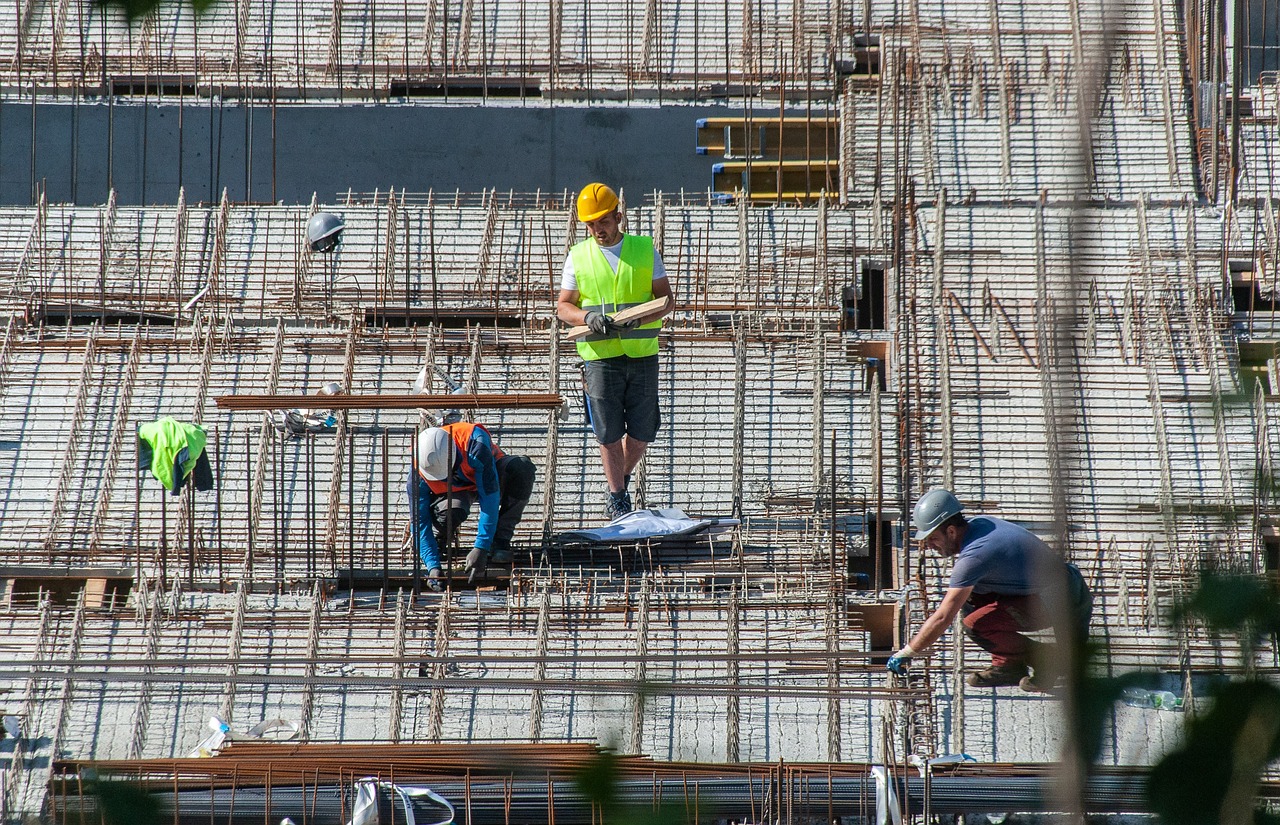
Metal Frames
When it comes to building a greenhouse on a budget, are often overlooked, yet they can be a fantastic option for those seeking durability and longevity. Unlike wood, which can warp or rot over time, metal frames provide a strong backbone for your greenhouse, ensuring it can withstand the elements. Imagine your greenhouse standing tall against fierce winds or heavy snow, all thanks to a robust metal structure!
There are several types of metal that you can consider for your greenhouse frame, including galvanized steel, aluminum, and iron. Each of these materials has its own set of advantages and disadvantages:
| Metal Type | Pros | Cons |
|---|---|---|
| Galvanized Steel | Highly durable, resistant to rust, and strong | Heavier and can be more expensive |
| Aluminum | Lightweight, rust-resistant, and easy to work with | Less strong than steel, can be more expensive |
| Iron | Very strong and sturdy | Prone to rust if not treated, heavy |
While the initial cost of metal frames may be higher than wood or PVC, the long-term savings are undeniable. Metal frames require less maintenance and have a significantly longer lifespan, which means you won’t have to worry about replacing them every few years. Additionally, they can often be sourced from recycled materials, further reducing your costs while also being environmentally friendly.
It's also worth mentioning that metal frames can accommodate a wide variety of greenhouse styles, from traditional to modern designs. Whether you envision a simple rectangular structure or a more elaborate arch-shaped greenhouse, metal can be molded and shaped to fit your vision. Plus, the sleek look of metal can enhance the aesthetic appeal of your garden!
In conclusion, if you're considering building a budget-friendly greenhouse, don't overlook the potential of metal frames. They offer a perfect blend of strength, durability, and style, making them an excellent investment for any gardening enthusiast. So, are you ready to make your greenhouse dreams a reality with a sturdy metal frame?
- What is the best metal for a greenhouse frame? Galvanized steel is often recommended due to its strength and rust resistance, but aluminum can be a great lightweight alternative.
- Can I use recycled metal for my greenhouse? Absolutely! Using recycled metal is a sustainable choice and can help you save money.
- Do metal frames require special maintenance? While they are generally low-maintenance, it's a good idea to check for rust and treat it if necessary, especially for iron frames.
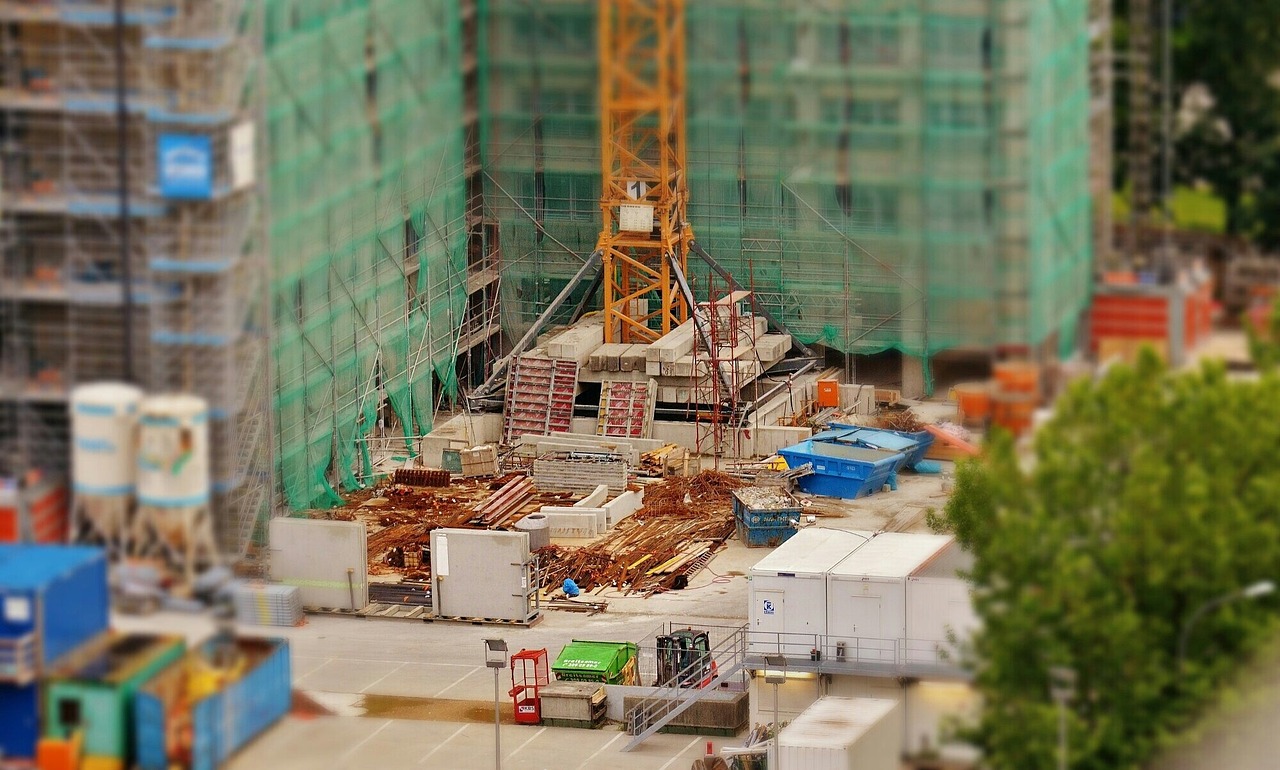
Covering Materials
When it comes to constructing a greenhouse, the choice of covering materials is absolutely pivotal. Not only do these materials influence the amount of sunlight that enters your greenhouse, but they also play a crucial role in insulation and temperature regulation. In a nutshell, the right covering can mean the difference between a thriving garden and a struggling one. Let's dive into some popular options!
One of the most commonly used materials for greenhouse coverings is plastic sheeting. This option is not only affordable but also lightweight, making it easy to install. It typically comes in rolls and can be cut to fit various sizes. The downside? Plastic can degrade over time, especially when exposed to UV rays, so you may need to replace it every few years. However, if you're looking for a quick and budget-friendly solution, plastic sheeting might just be your best bet.
Polycarbonate panels are another fantastic option to consider. These panels are more durable than plastic sheeting and offer excellent insulation properties, which can help maintain a stable environment for your plants. They come in both twin-wall and single-wall configurations, with twin-wall providing better insulation. While they may be a bit pricier upfront, their longevity and energy efficiency can make them a worthwhile investment in the long run.
Finally, let's talk about glass coverings. Glass has been a traditional choice for greenhouses for centuries, and for good reason! It provides excellent light transmission and is incredibly durable. However, it can also be quite heavy and expensive, which might not align with a strict budget. If you decide to go with glass, consider using tempered glass for added safety and durability.
| Material | Cost | Durability | Insulation |
|---|---|---|---|
| Plastic Sheeting | Low | 3-5 years | Low |
| Polycarbonate Panels | Medium | 10-20 years | High |
| Glass | High | 20+ years | Medium |
In summary, each covering material has its own set of pros and cons. If you're working with a tight budget, plastic sheeting is an excellent starting point. For those willing to invest a bit more for long-term benefits, polycarbonate panels or glass could be the way to go. Regardless of your choice, remember that the right covering can significantly enhance your greenhouse's performance and, ultimately, your gardening success!
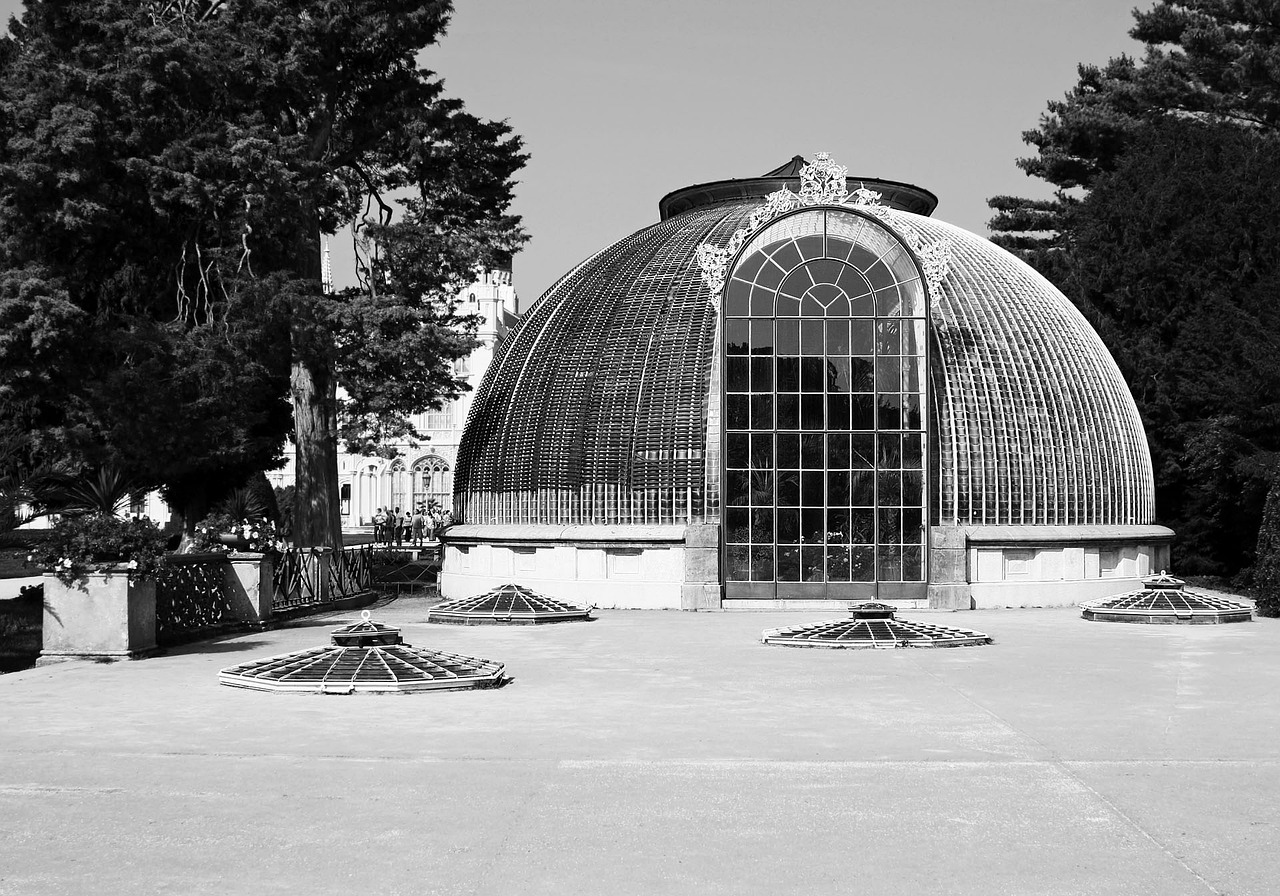
Designing Your Greenhouse
When it comes to , your imagination is the limit, but keeping practicality in mind is essential. A well-thought-out design not only maximizes space but also enhances functionality, allowing you to create a thriving environment for your plants. Think about how you want to use your greenhouse: Are you planning to grow vegetables, flowers, or perhaps a mix of both? This will help you determine the design elements you need to incorporate.
One of the first considerations is the size of your greenhouse. It’s tempting to go big, but remember that bigger isn’t always better, especially if you’re on a budget. A greenhouse that’s too large can lead to higher heating costs and maintenance efforts. Instead, choose a size that suits your gardening ambitions. For instance, if you’re just starting out, a smaller structure may be ideal. However, if you envision expanding your gardening endeavors, plan accordingly. A common size for a beginner's greenhouse is around 8x10 feet, which provides ample space without overwhelming your budget.
The shape of your greenhouse also plays a crucial role in its efficiency. Traditional shapes like the gabled roof or quonset hut are popular for a reason—they allow for optimal light penetration and air circulation. However, you might want to consider a lean-to design if you have limited space. This design attaches to an existing structure, maximizing sunlight while minimizing construction costs. Think of it as borrowing a bit of space from your home to create your green oasis!
Next up is the layout. An efficient layout can make all the difference in how well your plants thrive. Consider incorporating pathways that allow easy access to all areas of your greenhouse. You might want to think about using raised beds or shelving units to maximize vertical space, especially if you’re working with a smaller footprint. This not only increases your growing area but also makes maintenance easier. Here’s a simple layout idea:
| Area | Function |
|---|---|
| Entrance | Access point for easy entry and exit |
| Pathways | Space for movement between plants |
| Raised Beds | Maximize growing area and improve drainage |
| Shelving Units | Ideal for smaller plants and seedlings |
Another key aspect to consider is ventilation. Proper airflow is vital for preventing diseases and ensuring your plants receive the right amount of moisture. Think about incorporating windows or vents that can be opened to allow air to circulate. You might even consider using fans for larger greenhouses to keep the air moving. And don’t forget about natural light—the more sunlight your plants get, the better they will grow. Position your greenhouse to take advantage of the sun’s path, ensuring that it receives maximum sunlight throughout the day.
Lastly, consider how you will use your greenhouse through different seasons. Will you need heating in the winter or cooling in the summer? Incorporating features like thermal mass (think water barrels or stone walls) can help regulate temperature, making your greenhouse more energy-efficient. It’s like giving your plants a cozy blanket in the winter and a cool breeze in the summer!
In conclusion, designing your greenhouse is a fun and rewarding process that can be tailored to fit your specific gardening needs. By considering size, shape, layout, ventilation, and seasonal use, you can create a space that not only looks great but also functions beautifully. Remember, this is your garden sanctuary—make it a space where you can nurture your plants and enjoy the fruits of your labor!
- What is the best size for a beginner's greenhouse? A size around 8x10 feet is ideal for beginners.
- How can I maximize light in my greenhouse? Position your greenhouse to take advantage of the sun’s path and consider using clear coverings.
- What materials are best for ventilation? Windows, vents, and fans are great options for ensuring proper airflow.
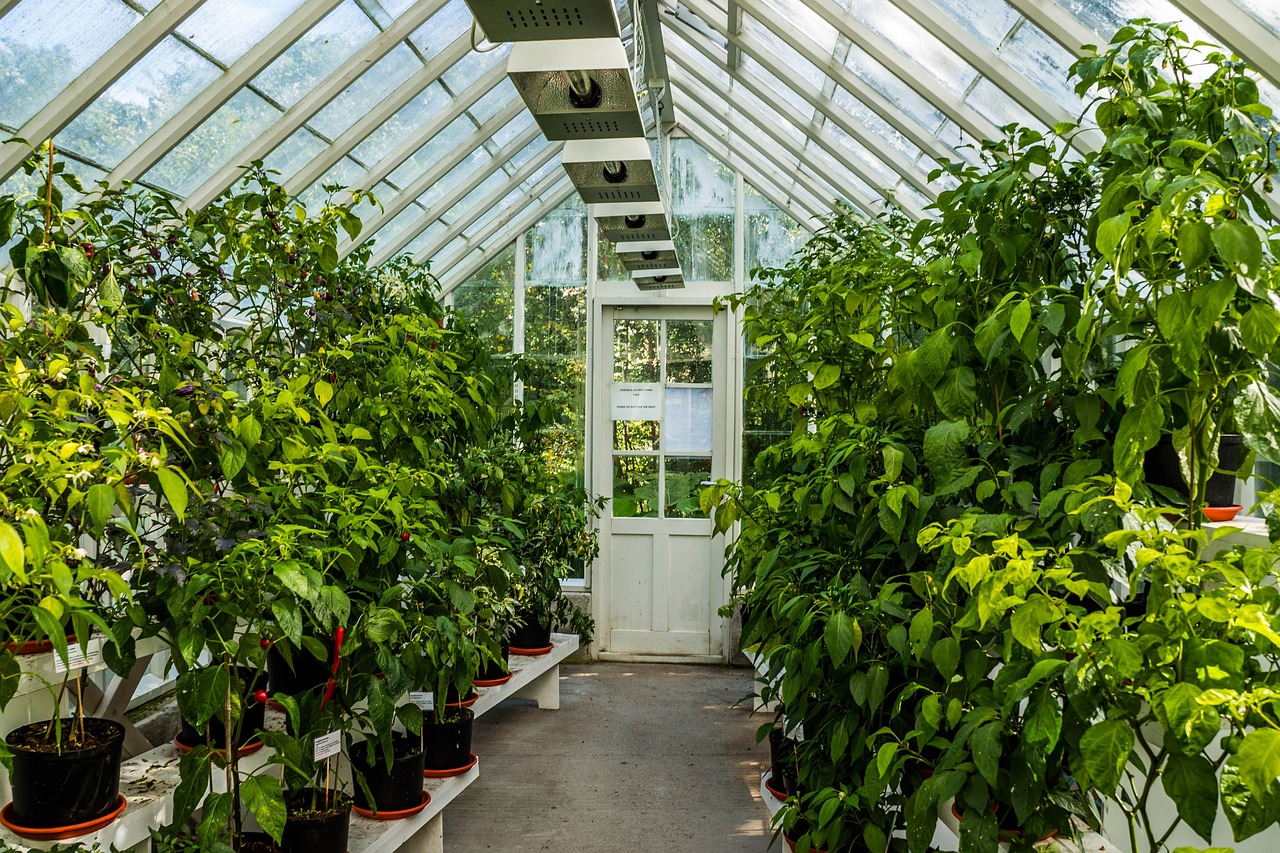
Size and Shape Considerations
When it comes to building your budget greenhouse, size and shape are not just numbers; they are the very foundation of your gardening success. Imagine your greenhouse as a blank canvas, where the dimensions and layout can either lead to a flourishing garden or a cramped, unproductive space. So, how do you determine the right size and shape for your greenhouse? The answer lies in understanding your specific needs and the space you have available.
First, consider the available space in your yard or garden. Measure the area where you plan to build your greenhouse, taking into account any nearby structures, trees, or fences that might cast shadows. Ideally, you want a location that receives plenty of sunlight throughout the day. A common mistake is to underestimate the amount of space needed for not just the greenhouse itself, but also for pathways and ventilation. Make sure to leave room for easy access and maintenance.
Next, think about the types of plants you want to grow. Are you aiming for a variety of vegetables, herbs, or perhaps some exotic flowers? Each type of plant has different space requirements. For instance, tomato plants need vertical space to grow tall, while leafy greens can thrive in more compact quarters. A good rule of thumb is to plan for at least 10-15 square feet per plant to ensure they have enough room to flourish. This way, you can avoid overcrowding and ensure good air circulation, which is crucial for plant health.
Now, let’s talk about shape. The shape of your greenhouse can impact not just its aesthetic appeal but also its functionality. Common shapes include rectangular, hexagonal, and even dome-shaped structures. Each shape has its pros and cons. For example:
| Shape | Pros | Cons |
|---|---|---|
| Rectangular | Easy to build; maximizes space | Can be less visually appealing |
| Hexagonal | Unique design; good airflow | More complex to construct |
| Dome | Energy-efficient; strong against wind | Limited space for shelving |
Choosing the right shape also involves considering how you’ll use the space inside. If you plan on having shelves for seedlings or hanging plants, a taller structure with a sloped roof might be ideal. Conversely, if you're focused on growing larger plants, a wider greenhouse with ample horizontal space will serve you better.
Lastly, don’t forget about future growth. As your gardening skills and plant collection expand, you may want to add more plants or even experiment with different types of gardening techniques. It's wise to plan for a little extra space now to accommodate those future aspirations. Building a greenhouse is not just about the present; it’s about creating a thriving ecosystem that can evolve with you over time.
In summary, the size and shape of your greenhouse are critical factors that can influence your gardening success. By carefully considering your available space, the types of plants you wish to grow, and the design that best suits your needs, you can create a greenhouse that not only fits your budget but also enhances your gardening experience.
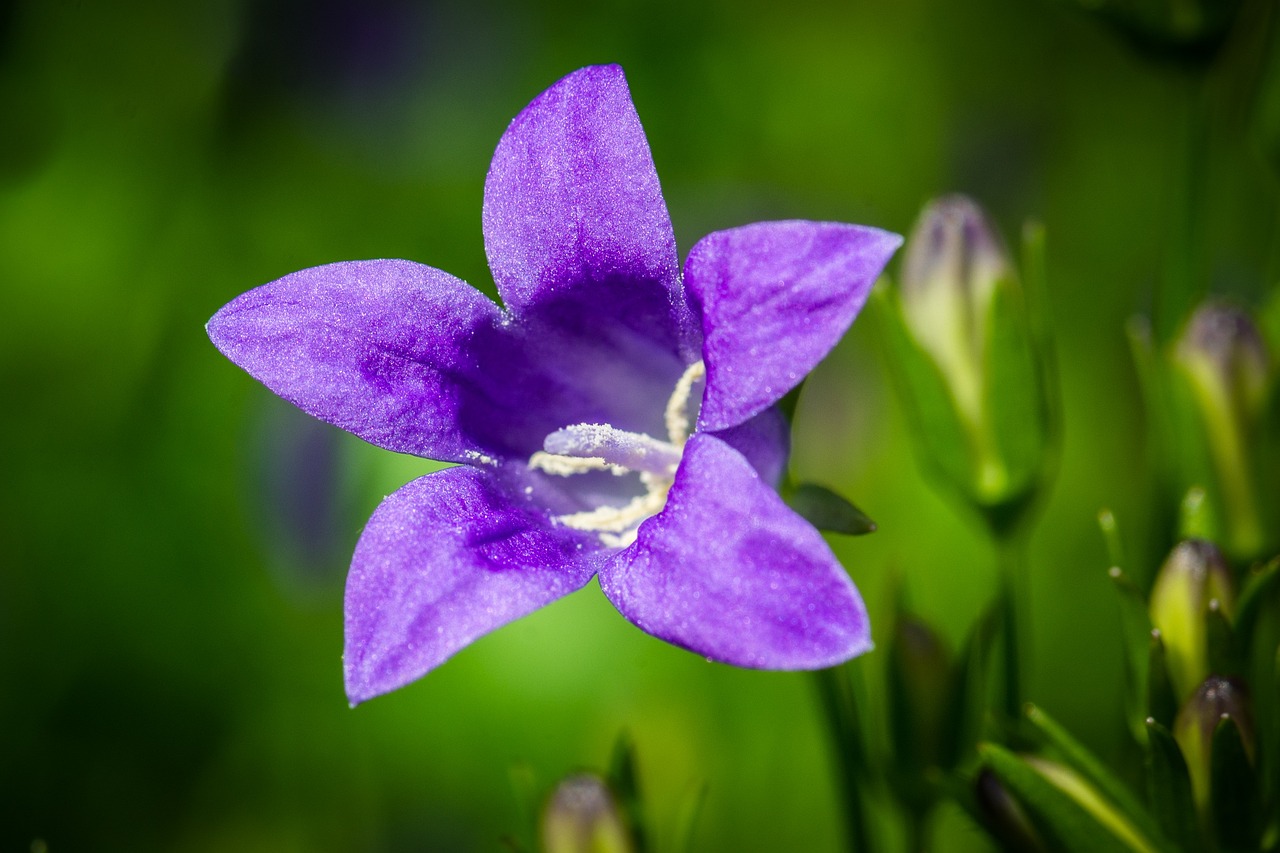
Layout for Efficiency
When it comes to designing your greenhouse, the layout plays a pivotal role in ensuring that every inch of space is utilized effectively. Think of your greenhouse as a miniature ecosystem where each plant needs its own little corner to thrive. A well-planned layout not only maximizes your growing area but also enhances accessibility, making it easier for you to tend to your plants. So, how do you achieve this? Let’s dive into some key considerations that will help you create an efficient layout.
First and foremost, consider the pathways within your greenhouse. These are the arteries that allow you to move freely among your plants. Ideally, you want to create wide enough pathways to accommodate your gardening tools and ensure easy access to each plant. A good rule of thumb is to leave at least 2 feet of space between rows of plants. This allows for comfortable movement and makes it easier to manage your plants without trampling on others.
Next, think about the placement of your plants. Grouping plants with similar light and water requirements can save you time and resources. For example, place your sun-loving plants on the south side of the greenhouse where they can soak up the most sunlight, while shade-tolerant plants can be positioned towards the north. This strategic arrangement not only optimizes light exposure but also simplifies your watering routine. You’ll find that your plants will thrive when they’re grouped according to their needs.
Another important aspect of your layout is the vertical space. Don't forget to utilize the height of your greenhouse! Installing shelves or hanging pots can free up valuable floor space and allow you to grow more plants. This is especially useful for herbs and smaller plants that can thrive in a more confined space. Consider using a tiered shelving system to create a visually appealing and functional layout that draws the eye upward.
To further enhance efficiency, you might want to incorporate a workstation within your greenhouse. This could be a simple potting table where you can repot plants, prepare soil, or even start seeds. Having a dedicated space for these activities can streamline your gardening process and keep your greenhouse organized. Remember, an organized greenhouse is a productive greenhouse!
Lastly, consider implementing a rotation system for your crops. This means changing the location of your plants each season to prevent soil depletion and reduce pest problems. By rotating your crops, you can maintain a healthy growing environment and ensure that your plants have the nutrients they need to flourish.
In summary, an efficient layout is all about maximizing space, ensuring accessibility, and creating an environment where your plants can thrive. By planning your pathways, grouping plants wisely, utilizing vertical space, creating a workstation, and rotating your crops, you'll set yourself up for gardening success. With a little thought and creativity, your greenhouse can become a flourishing sanctuary for your plants, making your gardening experience both enjoyable and productive.
- What is the best size for a budget greenhouse? The size depends on your available space and what you plan to grow. A small greenhouse (around 6x8 feet) can be perfect for beginners.
- How much sunlight does a greenhouse need? Ideally, your greenhouse should receive at least 6-8 hours of direct sunlight to ensure optimal plant growth.
- Can I build a greenhouse without a foundation? Yes, you can build a greenhouse on a gravel base or use concrete blocks for stability.
- What is the most affordable covering material? Plastic sheeting is often the most cost-effective option for greenhouse covering, providing good insulation and light transmission.
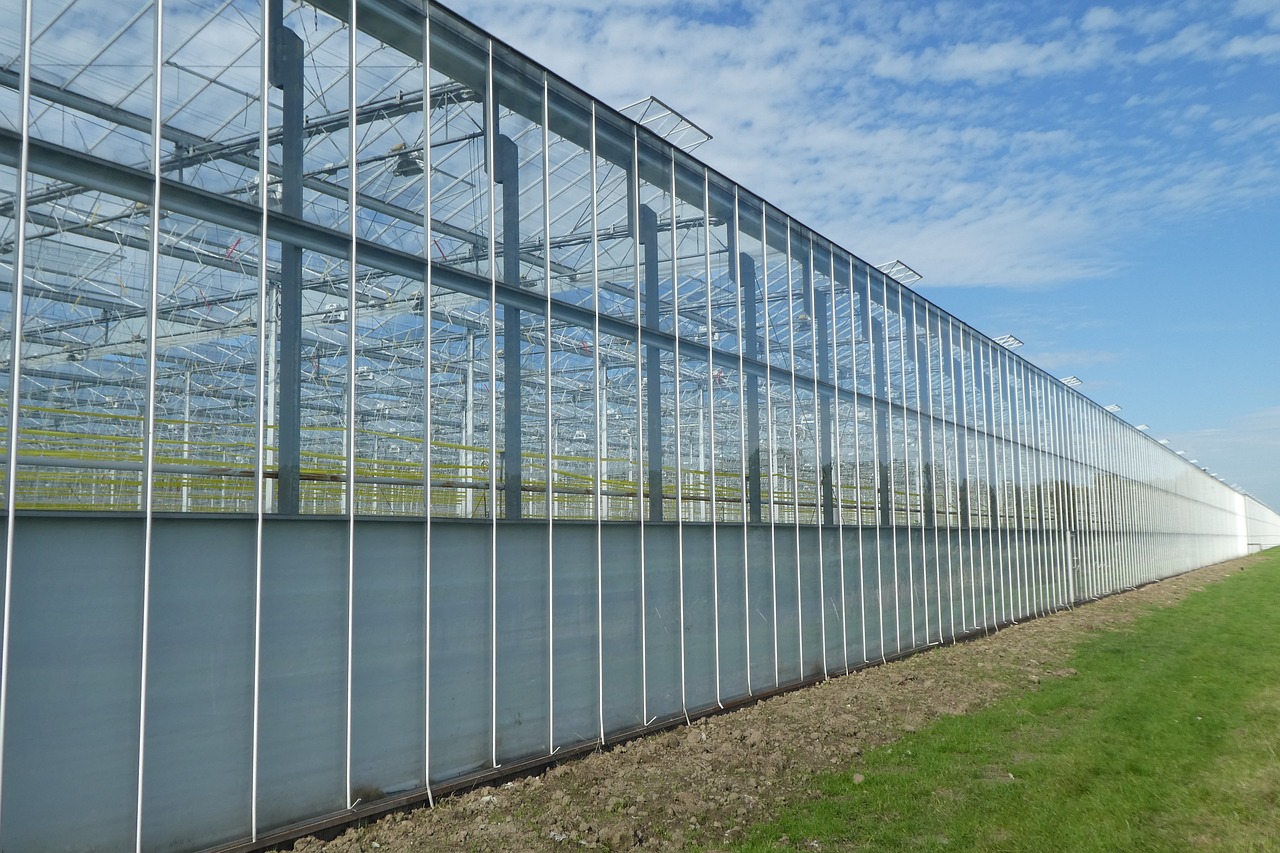
Cost-Saving Techniques
Building a greenhouse can sometimes feel like an overwhelming investment, but it doesn't have to be! By implementing , you can create a flourishing gardening space without draining your wallet. One of the best ways to save money is by being resourceful and creative. For instance, consider reusing materials that you may have lying around your home or garden. Old windows, doors, and even pallets can be transformed into functional greenhouse components. Not only does this approach save you money, but it also promotes sustainability by reducing waste.
Another effective strategy is to take on some DIY projects. By building certain components yourself, you can significantly cut down on labor costs. For example, constructing your own shelving or potting benches can be a fun weekend project that adds functionality to your greenhouse while keeping expenses low. Plus, there’s a certain satisfaction that comes from creating something with your own hands!
When it comes to materials, don’t shy away from exploring alternative options. For example, instead of purchasing expensive greenhouse plastic, you might find that using clear shower curtains or recycled plastic sheets can provide adequate light transmission at a fraction of the cost. If you’re feeling particularly adventurous, you could even consider using hoop houses made from flexible PVC pipes, which are both affordable and easy to assemble.
| Material Type | Cost-Effective Alternatives | Benefits |
|---|---|---|
| Greenhouse Plastic | Clear Shower Curtains | Inexpensive, lightweight, and easy to replace |
| Wood Frames | Reclaimed Wood | Durable, unique aesthetics, eco-friendly |
| Commercial Shelving | DIY Pallet Shelves | Customizable, cost-effective, and sturdy |
Lastly, consider collaborating with fellow gardening enthusiasts. Sharing resources, tools, or even labor can lead to significant savings. Perhaps you can join a local gardening group where members can exchange materials or assist each other in building projects. This not only helps you save money but also fosters a sense of community among like-minded individuals.
In conclusion, creating a budget-friendly greenhouse is entirely achievable with a little creativity and resourcefulness. By reusing materials, engaging in DIY projects, exploring alternative options, and collaborating with others, you can build a thriving greenhouse that fits your budget. So roll up your sleeves, gather your supplies, and let your gardening dreams take flight without the financial strain!
- What materials can I reuse for my greenhouse? Common items include old windows, doors, pallets, and even plastic bottles.
- How can I save money on greenhouse coverings? Consider using clear shower curtains or recycled plastic sheeting instead of expensive greenhouse plastic.
- Are DIY projects worth the effort? Absolutely! Not only can they save you money, but they also allow you to customize your greenhouse to fit your specific needs.
- Can I collaborate with others to save costs? Yes! Joining a local gardening group can help you share resources and labor, reducing overall expenses.

Reusing Materials
When it comes to building a budget-friendly greenhouse, one of the most effective strategies is . Not only does this approach save you money, but it also promotes sustainability—a win-win situation for both your wallet and the environment! Think about it: every time you repurpose an item, you're reducing waste and giving new life to things that might otherwise end up in a landfill. So, where do you start?
First, consider materials that you might already have lying around your home or garden. Old windows, for instance, can be transformed into beautiful greenhouse panels. They allow plenty of light to filter through while providing insulation. If you have a collection of mismatched glass panes, they can be used to create a unique, eclectic greenhouse that’s not only functional but also a conversation starter!
Another fantastic option is to look for discarded building materials from local construction sites or community groups. Many places have freecycle networks or online marketplaces where you can find items like wood, bricks, and even metal frames that are no longer needed. Here’s a quick list of materials you might consider:
- Old wooden pallets: These can be taken apart and used for framing or shelving.
- Plastic bottles: Cut the bottoms off and use them as mini-greenhouses for seedlings.
- Old furniture: Items like tables or chairs can be repurposed to create workspaces or plant stands.
- Tarps or plastic sheets: These can serve as temporary coverings until you can invest in something more permanent.
It's also worth mentioning that many communities have recycling centers where you can find materials specifically meant for reuse. Not only do you save money, but you also contribute to a more sustainable way of living. Plus, the thrill of finding a hidden gem can be quite exhilarating!
Lastly, don't overlook the possibility of swapping materials with friends or neighbors. Maybe your friend has a stack of old bricks they no longer need, while you have an excess of garden tools. A little barter can go a long way in building your greenhouse without spending a dime!
In conclusion, reusing materials is not just about cutting costs; it’s about being creative and resourceful. By thinking outside the box and considering what you already have, you can create a greenhouse that is not only affordable but also uniquely yours. So, roll up your sleeves, get inventive, and start collecting those materials!

DIY Solutions
When it comes to building a budget-friendly greenhouse, embracing can be a game changer. Not only do these methods save you a significant amount of money, but they also allow for a personal touch that can make your greenhouse uniquely yours. Imagine crafting something from scratch, knowing that every nail and piece of wood was handled by you! It's like building a cozy nest for your plants, where they can thrive under your care.
One of the easiest DIY projects to start with is the construction of your greenhouse frame. Instead of purchasing expensive pre-made kits, consider using reclaimed wood or pallets. Pallets can often be found for free or at a very low cost from local businesses. With a little creativity, you can transform these humble materials into a sturdy frame. Just remember to sand down any rough edges to prevent splinters, and if you're concerned about durability, a coat of weather-resistant paint can go a long way.
Another fantastic DIY solution is creating your own greenhouse covering. While glass panels can be beautiful, they can also be quite costly. Instead, consider using plastic sheeting or polyethylene film. These materials are not only affordable but also lightweight and easy to work with. You can easily cut them to size and secure them to your frame using clips or staples. Plus, they provide excellent insulation, helping to maintain a stable temperature for your plants.
If you're feeling particularly crafty, you might want to try your hand at building raised beds inside your greenhouse. Raised beds allow for better drainage and can be made from a variety of materials, such as wood, bricks, or even repurposed containers. By elevating your plants, you also reduce the strain on your back when tending to them. It's like creating little islands of greenery that are easy to access and manage!
Additionally, consider incorporating rainwater collection systems into your greenhouse design. This not only helps you conserve water but also reduces your overall gardening costs. You can easily set up a simple barrel system to catch rainwater from your greenhouse roof. This way, you’ll have a sustainable water source that nourishes your plants without the hefty water bill.
Lastly, don’t underestimate the power of community. Join local gardening groups or online forums where you can share ideas and exchange materials. Often, people have leftover supplies from their own projects that they would be happy to donate or sell at a fraction of the cost. It's like having a treasure hunt in your neighborhood, where you can uncover hidden gems for your greenhouse!
In conclusion, embracing DIY solutions not only keeps your greenhouse budget-friendly but also allows you to express your creativity and resourcefulness. With a bit of imagination and effort, you can create a thriving environment for your plants without the financial burden. So roll up your sleeves, gather your materials, and let your gardening adventure begin!
- What materials are best for a DIY greenhouse? Reclaimed wood, pallets, plastic sheeting, and metal frames are all excellent choices for building a budget-friendly greenhouse.
- How can I keep costs low when building my greenhouse? Consider using recycled materials, building your own components, and joining local gardening communities to find affordable supplies.
- What size should my greenhouse be? The size depends on your available space and what you plan to grow. Start small and expand as needed.
- How do I maintain my DIY greenhouse? Regular maintenance includes checking for leaks, cleaning the covering, and ensuring your plants are healthy.

Maintaining Your Budget Greenhouse
Once you’ve invested time and effort into building your budget greenhouse, the next step is ensuring it remains a thriving environment for your plants. Just like a car needs regular oil changes and tune-ups, your greenhouse requires routine maintenance to keep it in top shape. Think of it as a relationship; the more you nurture it, the better it will perform! Regular upkeep not only extends the lifespan of your greenhouse but also enhances its efficiency and productivity.
Start with regular maintenance tasks. These include checking for structural integrity, ensuring that your covering materials are intact, and inspecting for any signs of wear and tear. For instance, if you notice any cracks or tears in the plastic sheeting or polycarbonate panels, it’s crucial to address these promptly. A small crack can lead to significant heat loss or pest entry, jeopardizing your plants' health. Schedule these checks at least once a month, or more frequently during extreme weather conditions.
Another essential aspect of maintaining your greenhouse is pest management. Pests can wreak havoc on your plants, but you don’t need to resort to harsh chemicals to keep them at bay. Instead, consider implementing natural pest control methods. For example, introducing beneficial insects like ladybugs can help manage aphid populations. Additionally, using companion planting techniques—where you grow certain plants together to deter pests—can be incredibly effective. Here’s a quick overview of some natural pest management strategies:
| Pest | Natural Control Method |
|---|---|
| Aphids | Introduce ladybugs or use neem oil |
| Spider Mites | Increase humidity or use insecticidal soap |
| Whiteflies | Use yellow sticky traps or companion planting |
Additionally, consider implementing resource conservation techniques to enhance sustainability. Rainwater harvesting is an excellent way to reduce water costs while ensuring your plants receive the moisture they need. Set up a simple rain barrel system to collect rainwater from your greenhouse roof. Not only does this save money, but it also provides your plants with natural, chemical-free water. Another resource-saving tip is to utilize composting. Composting organic waste from your kitchen and garden can provide nutrient-rich soil for your plants, reducing the need for expensive fertilizers.
In summary, maintaining your budget greenhouse is all about being proactive and resourceful. By following these tips on regular maintenance, pest management, and resource conservation, you can ensure your greenhouse remains a productive and sustainable space for years to come. Remember, a little effort goes a long way in preserving your investment and enhancing your gardening experience!
- How often should I check my greenhouse for maintenance?
It's recommended to conduct checks at least once a month, especially during extreme weather. - What are the best natural pest control methods?
Introducing beneficial insects, using neem oil, and employing companion planting are effective methods. - Can I use rainwater for my greenhouse?
Absolutely! Rainwater is excellent for plants and helps reduce water costs. - How can I extend the lifespan of my greenhouse?
Regular maintenance, timely repairs, and efficient pest management can significantly extend its life.
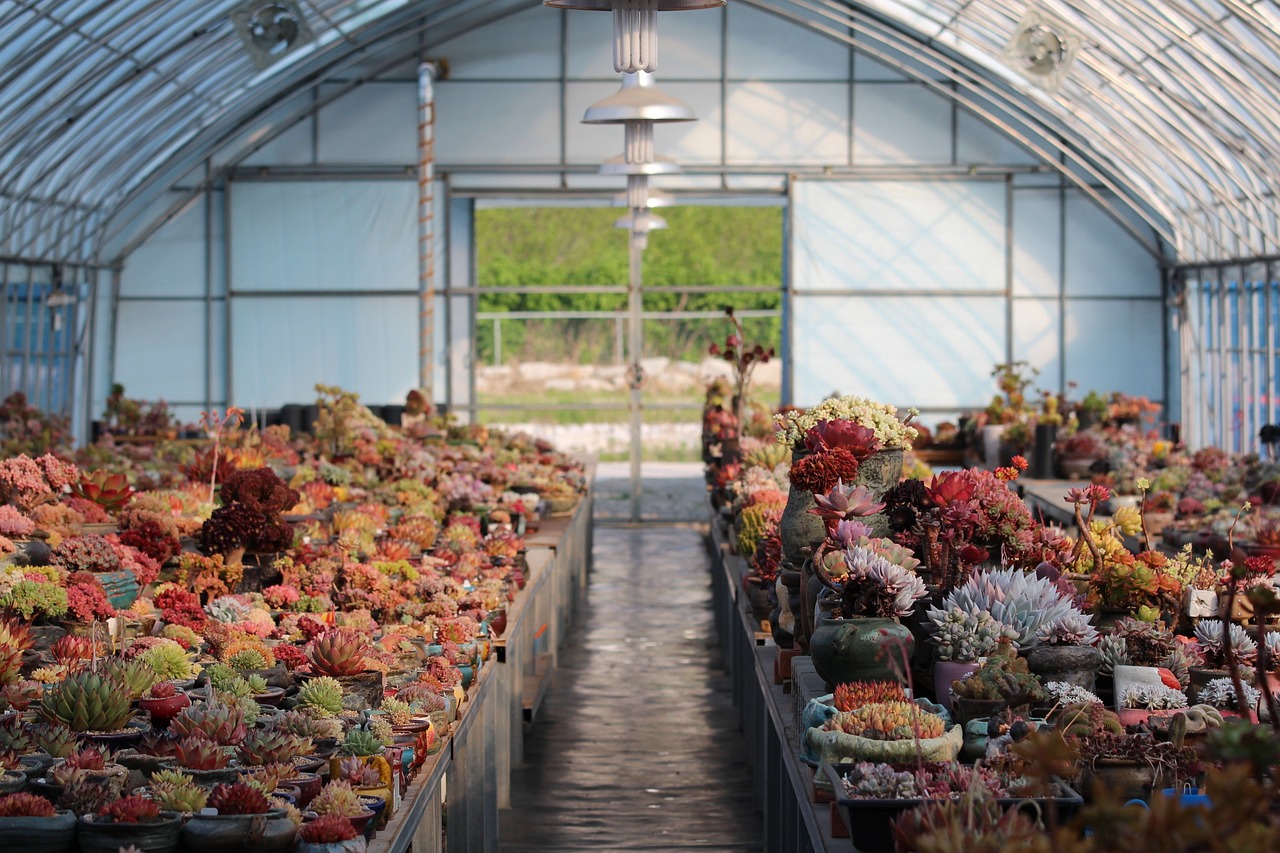
Regular Maintenance Tips
Maintaining your budget greenhouse is not just about keeping it standing; it’s about ensuring that it thrives and continues to be a productive space for your plants. Regular maintenance is essential for the health of your greenhouse, and it can save you money in the long run by preventing costly repairs and ensuring optimal growing conditions. One of the first things to keep in mind is to inspect your greenhouse regularly. Look for signs of wear and tear, such as cracks in the frame, tears in the covering, or any signs of pests. Addressing these issues early can prevent bigger problems down the line.
Another crucial aspect of maintenance is cleaning your greenhouse. Dust, dirt, and algae can accumulate on the covering, reducing light transmission and affecting plant growth. A simple wash with soapy water and a soft brush can work wonders. Aim to clean the exterior at least twice a year, ideally in early spring and late fall. Don't forget to also clear out any debris and dead plants regularly, as they can harbor pests and diseases.
Watering is another key component of maintenance. A consistent watering schedule tailored to the specific needs of your plants will ensure they receive the moisture they require without overwatering. Installing a drip irrigation system can be a cost-effective solution that saves time and water. Additionally, monitor the humidity levels inside your greenhouse. High humidity can lead to mold and mildew, while low humidity can stress your plants. You can manage humidity by using fans or opening vents during hot days.
Lastly, consider implementing a pest management strategy. Regularly check for pests and diseases, and use natural methods like companion planting or introducing beneficial insects to keep your plants healthy. If you do spot an infestation, act quickly! Remove affected plants and apply organic pest control methods to minimize the use of harsh chemicals. Remember, a little attention goes a long way in keeping your greenhouse flourishing!
- How often should I clean my greenhouse? It’s recommended to clean the greenhouse exterior at least twice a year, ideally in early spring and late fall.
- What is the best way to manage humidity? Use fans or open vents on hot days to regulate humidity levels inside the greenhouse.
- How can I prevent pests in my greenhouse? Regularly inspect plants for pests, and consider using natural pest control methods like introducing beneficial insects or companion planting.
- What should I do if I find a pest infestation? Remove affected plants immediately and apply organic pest control methods to minimize the use of chemicals.
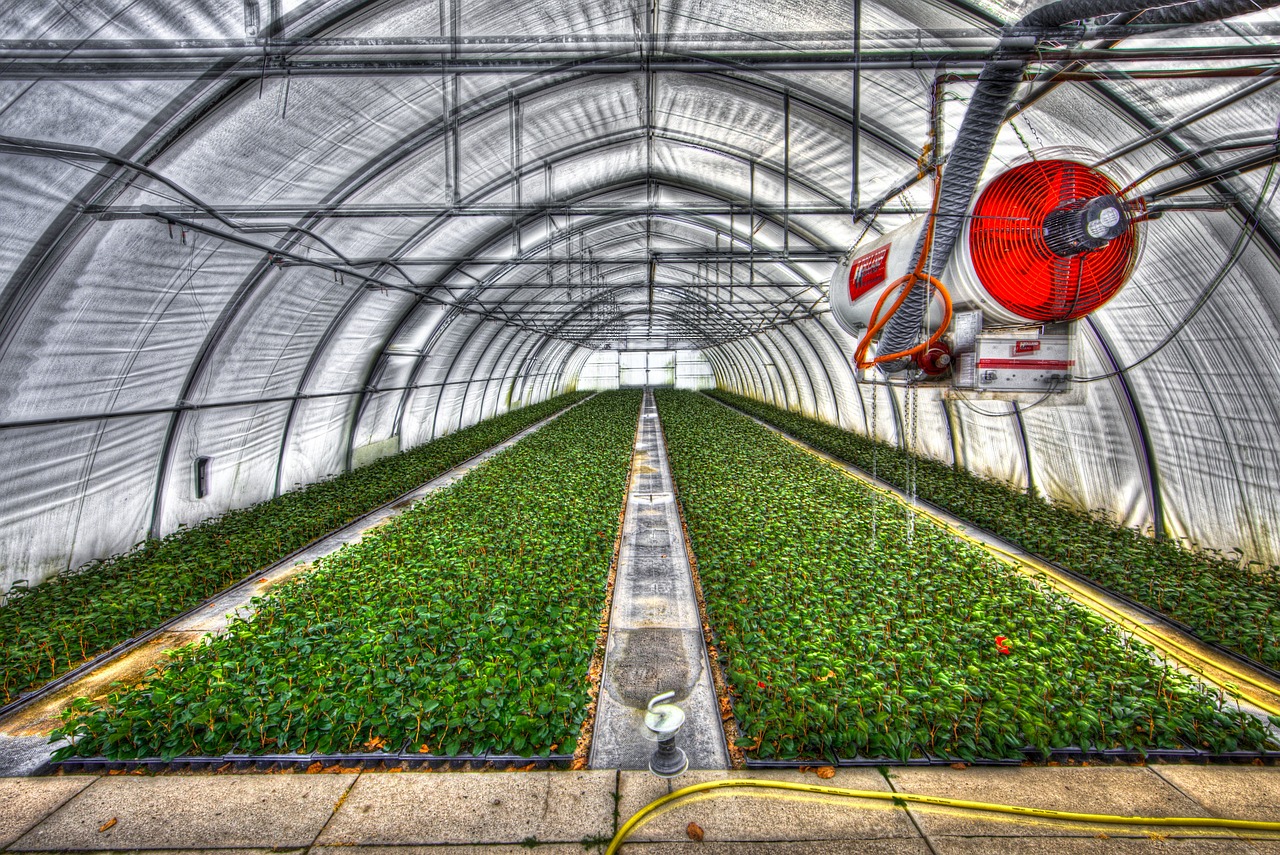
Pest Management Strategies
Keeping pests at bay in your budget greenhouse is crucial for ensuring the health and productivity of your plants. After all, nothing can ruin your hard work faster than an unexpected infestation! The good news is that you don’t have to resort to expensive chemical treatments to protect your precious greenery. Instead, there are several natural and cost-effective strategies that can help you maintain a pest-free environment.
First, consider introducing beneficial insects into your greenhouse. These little heroes, such as ladybugs and lacewings, are nature's pest control agents. They feed on common pests like aphids and spider mites, helping to keep their populations in check. You can easily attract these beneficial insects by planting flowers like marigolds and dill nearby, creating a welcoming habitat for them.
Another effective strategy is to use companion planting. This technique involves growing certain plants together that can naturally deter pests. For instance, planting basil near tomatoes can repel whiteflies, while nasturtiums can act as a trap crop for aphids, drawing them away from your more valuable plants. By strategically arranging your plants, you can create a harmonious ecosystem that minimizes pest problems.
Additionally, maintaining good hygiene in your greenhouse is vital. Regularly removing dead leaves, debris, and spent plants can eliminate potential breeding grounds for pests. You should also inspect new plants before bringing them into your greenhouse to avoid introducing unwanted pests. A simple quarantine period for new arrivals can save you a lot of trouble down the line.
For those pesky pests that do manage to sneak in, consider using homemade remedies. For example, a simple mixture of water and dish soap can be an effective way to control soft-bodied insects like aphids and mealybugs. Just mix a few drops of mild dish soap with water in a spray bottle and apply it directly to the affected plants. This natural solution is not only affordable but also safe for your plants and the environment.
Lastly, don’t overlook the importance of barriers. Physical barriers such as row covers or insect netting can protect your plants from pests while still allowing sunlight and moisture to reach them. These solutions are particularly effective for young plants that are especially vulnerable to infestations. By investing in some simple protective measures, you can significantly reduce the likelihood of pest problems.
In summary, managing pests in your greenhouse doesn’t have to be a daunting task. By using a combination of beneficial insects, companion planting, good hygiene practices, homemade remedies, and physical barriers, you can create a thriving, pest-free environment for your plants without breaking the bank. Remember, a little prevention goes a long way in maintaining the health and productivity of your greenhouse!
- What are some signs of pest infestations in my greenhouse? Look for discolored leaves, webbing, or visible insects on your plants. Regular inspections can help catch issues early.
- How can I attract beneficial insects to my greenhouse? Planting flowers like marigolds, dill, and yarrow can help attract ladybugs and other helpful insects.
- Are homemade pest control solutions effective? Yes! Many homemade solutions, such as soap sprays, can effectively control soft-bodied insects without harming your plants.
- What should I do if I find a pest infestation? Isolate the affected plants, remove any visible pests, and consider using natural remedies or beneficial insects to manage the problem.
Frequently Asked Questions
- What is the best location to build my greenhouse?
Choosing the right location for your greenhouse is vital. Look for a spot that gets plenty of sunlight throughout the day, is sheltered from strong winds, and has good drainage. This ensures your plants get the light they need while protecting them from harsh weather conditions.
- What materials should I use for a budget-friendly greenhouse?
For a budget-friendly greenhouse, consider using materials like PVC for the frame, as it is lightweight and cost-effective. For covering, plastic sheeting is often the most affordable option, providing decent insulation and light transmission. Recycled materials can also be a great way to save money!
- How do I design my greenhouse for maximum efficiency?
Designing your greenhouse involves considering its size and shape. Aim for a layout that maximizes space and allows easy access to all plants. You might want to go for a rectangular shape, as it typically offers better light exposure. Planning your layout effectively can lead to healthier plants and easier maintenance.
- What are some cost-saving techniques for building a greenhouse?
There are several ways to save money when building your greenhouse. Reusing materials like old windows or doors can significantly cut costs. Additionally, consider DIY solutions for components like shelving or benches to keep expenses manageable while adding a personal touch to your space.
- How can I maintain my budget greenhouse?
Regular maintenance is key to ensuring your greenhouse lasts. This includes checking for any damages, cleaning the coverings to allow maximum light, and ensuring proper ventilation. Additionally, keep an eye on pest management by using natural methods like companion planting or homemade sprays to protect your plants without breaking the bank.
- What pest management strategies can I use?
For effective pest management, consider using natural remedies such as neem oil or insecticidal soap. Planting certain herbs alongside your crops can deter pests naturally. Always keep your greenhouse clean and remove any dead plants or debris to minimize pest habitats.



















